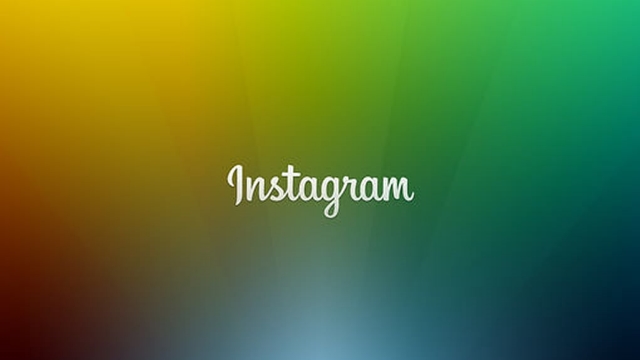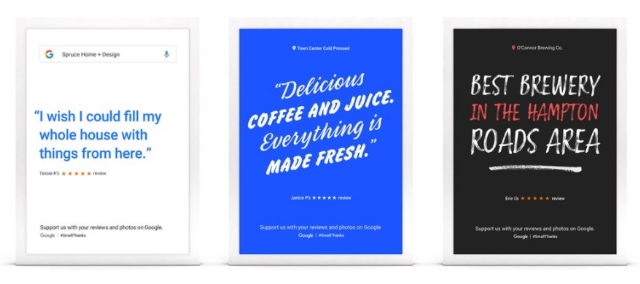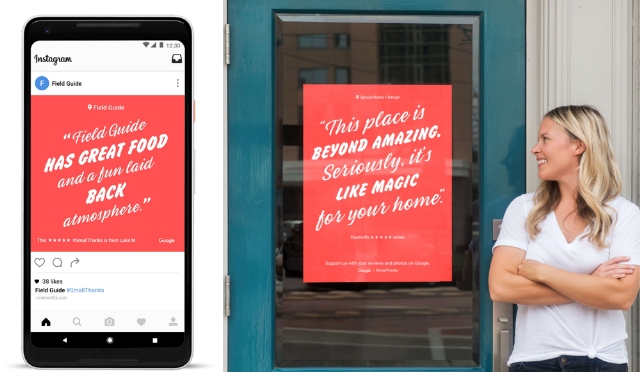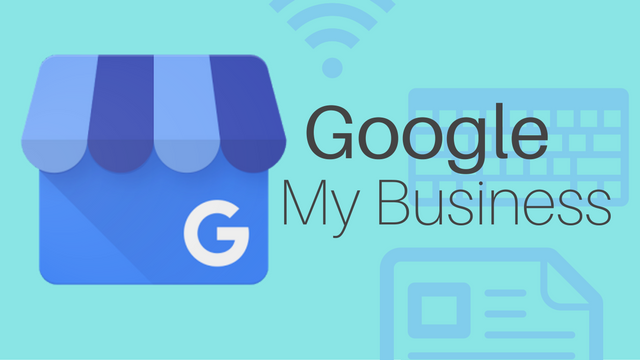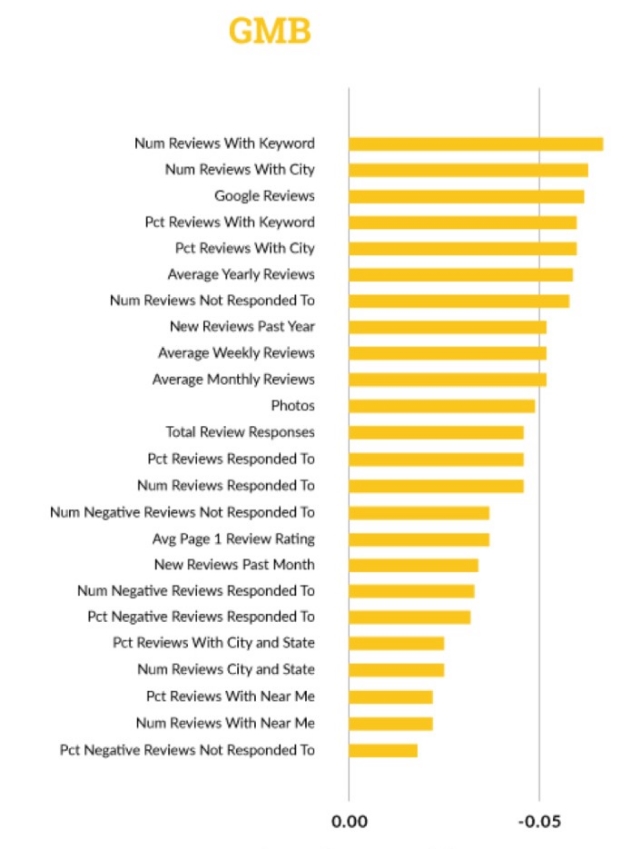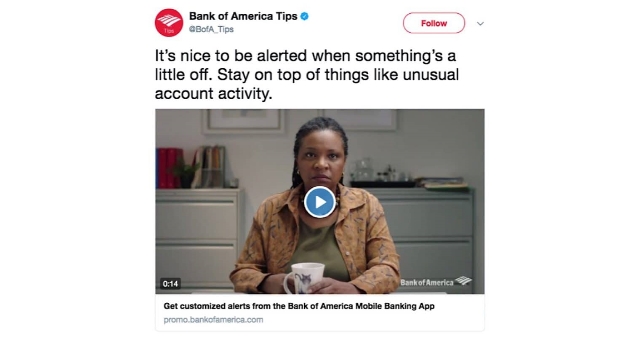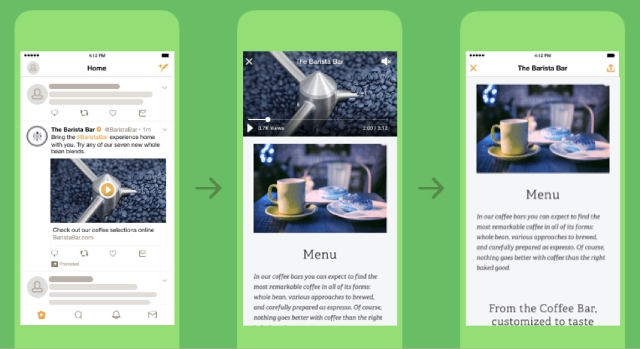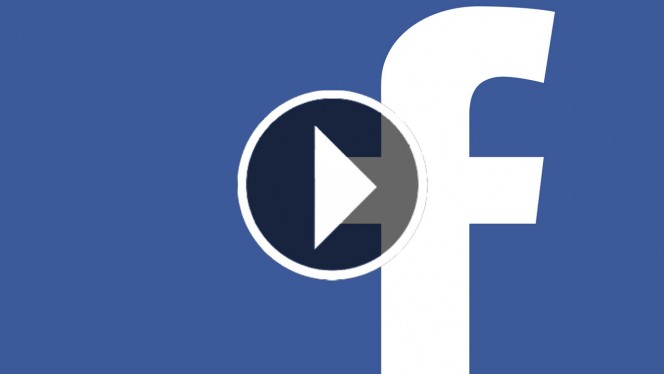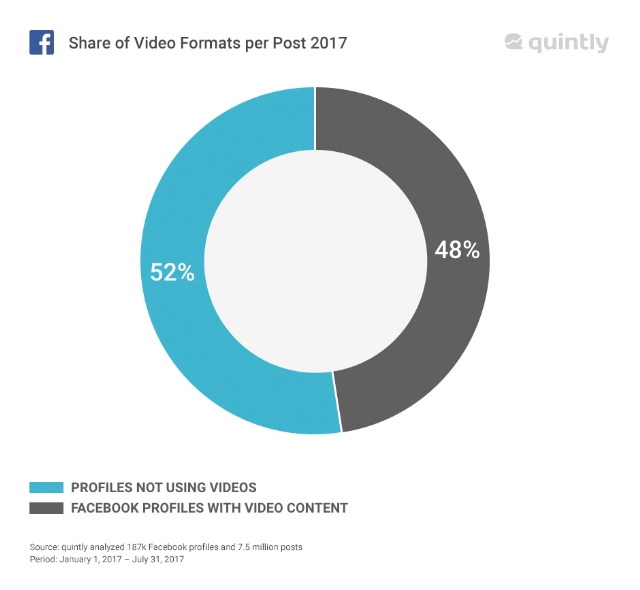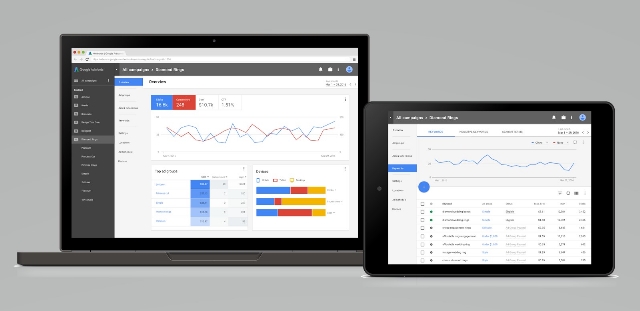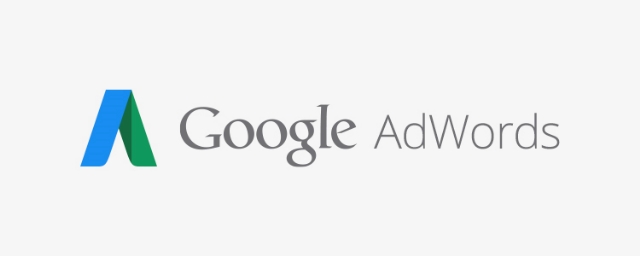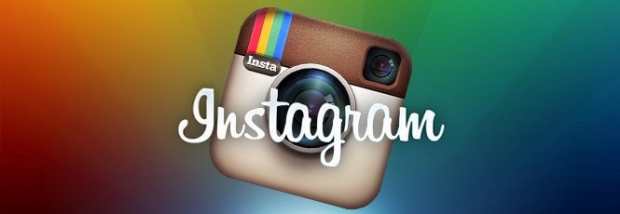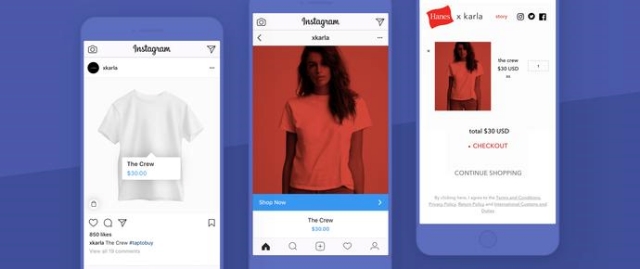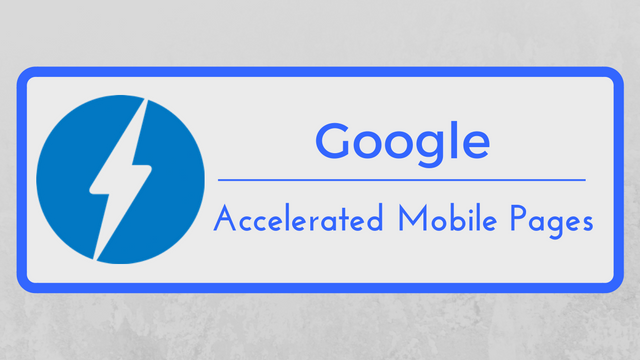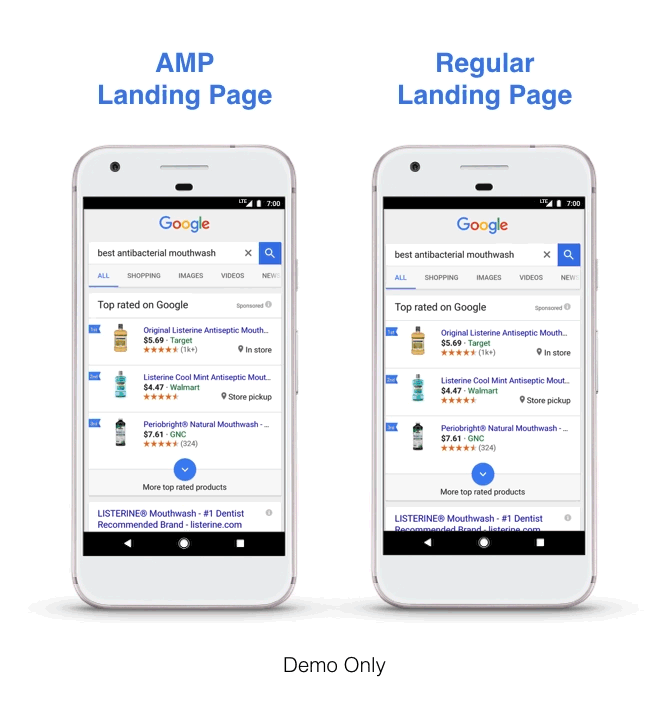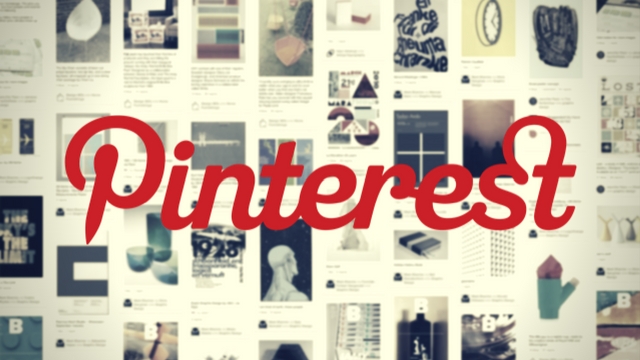
Pinterest is expanding their platform – directly into Facebook’s. Hoping to create some synergy that will bring in new users, Pinterest is launching new features directly available from Facebook’s Messenger.
The new features, built around a chatbot for Messenger, make it possible to use Pinterest without ever having to actually open Pinterest.
According to Pinterest, the move is actually just capitalizing on the social platform’s already existing presence on the site. Each week, nearly 1 million pins have been shared from Pinterest across Messenger before the launch of the cross-platform features.
Pinterest’s Facebook Chatbot
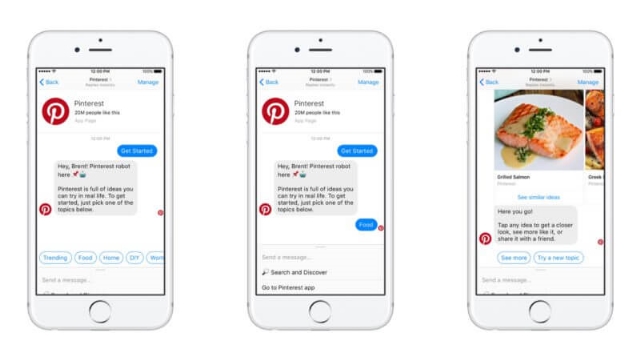
Pinterest’s new chatbot will allow users to browse Pinterest’s site and content with guided advice and recommendations. When you start a conversation with the chatbot, it will ask you to choose from a list of categories – such as “trending,” “food,” and “home.” Based on your choice, the bot will then show you a carousel of pins from that category.
You can also directly search Pinterest with text queries, however, you can not use the platform’s visual search technology by sending in pictures for similar pins.
While users might find this service to be a useful way to quickly find the pins they are most interested in, advertisers might be disgruntled to learn that the Chatbot will not include Promoted Pins.
Native Pins for Messenger
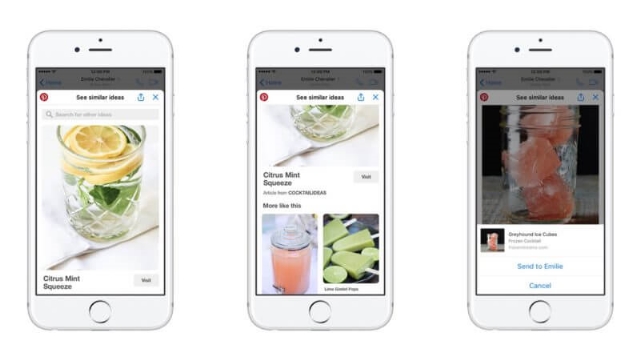
In the past, when you clicked on a pin that was shared on Messenger it would automatically open in Pinterest’s site or app. Now, pins will open within Messenger itself, thanks to the Chat Extensions feature.
Facebook’s Chat Extensions feature is designed to allow users to interact with content from other brand’s sites or apps without leaving messenger, therefore also making it easier to share that content again within Messenger.
Pinterest is using this to deliver Pins directly to users on Messenger, as well as including a gallery of Related Pins and a search bar to find more pins.
With these, users will be able to find and share pins within Messenger without ever having to leave the conversation they are having with their friends.
Interestingly, Facebook is also allowing Pinterest to generate revenue with this chat extensions. If a person’s Facebook account is connected to their Pinterest account, Pinterest will also include Promoted Pins within the Related Pins section and search results shown through the chat extension.

